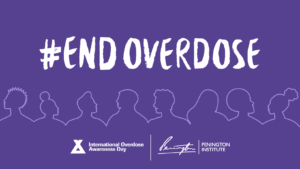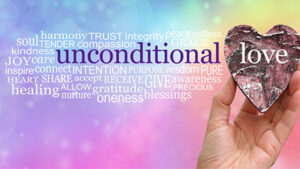The Silent Sufferers
Children Caught in the Web of Addiction
Donna Marston, CRSW
As we step into the year 2024, our world grapples with a dilemma that transcends borders, cultures, and socioeconomic backgrounds. Addiction, has become one of the most pressing challenges of our time. From substance abuse to behavioral dependencies, the impact of addiction ripples through families, communities and throughout the world.
Parents who deal with their teen or adult child are impacted with shame, blame, anger, and misunderstandings. An Adult typically has the verbal and emotional skills to deal with the complexities of their loved one’s addiction. But what about the innocent children who are in the throes of their parents or other caretakers’ addiction?
In the shadowed corners of our society, where addiction’s grip tightens, there exists a group of silent sufferers—the innocent children. These young souls find themselves entangled in a web spun by their parents or other caretakers’ addiction. Their voices are hushed, their pain often overlooked, but their struggle is real.
Children living with parents who have a substance use disorder may experience neglect, abuse, and instability, which can hinder their emotional, social, and cognitive development. When a child lives in a home where an adult or adults are in active addiction they often feel unsafe. In their innocent minds, they may believe it’s their fault, it’s their behavior, their grades or their very existence that sets off the storm of addiction. The weight of this self-blame can be overwhelming to children of all ages.


Jerry Moe, an addictions professional and National Director of Children’s Programs at the Betty Ford Center, has spent more than twenty years treating people and families in recovery. His book Understanding Addiction and Recovery Through a Child’s Eyes, assembles a rich and wide-reaching collection of poignant stories and humorous anecdotes about children and teens who are navigating their way through the healing process.
The unseen struggle that children bear witness to is chaos, unpredictability, and emotional turmoil along with neglect. They bear emotional scars because at very young ages they learn to tiptoe around in hopes of not waking or disrupting the adult in their lives who is in active addiction because they are in fear of
waking the beast. Tiptoeing around causes a child to feel anxious and fearful. They internalize because they often believe that they caused the addiction. Their innocence is taken by circumstances beyond their control.
Very often the child becomes the caretaker. They learn to know the person in active addiction moods, they may hide their parent or caretaker’s alcohol and drugs, all while attempting to protect themselves and their younger siblings. Their Innocence fades as they navigate adult responsibilities, they are robbed of their carefree days of their childhood.
The Silent Sufferer’s Face an Impossible Choice:
- Loyalty vs. Survival: Do they remain loyal to their addicted parents, hoping for change? Or do they seek help elsewhere, risking separation?
- Love vs. Self-Preservation: How does a child love someone who hurts them? Yet, the bond persists like a fragile thread in the storm of addiction
As a society, we must find them, as a community we must support them in our schools, churches and recovery community centers so that we can intervene and show them how to break the cycle. We must advocate for change on their behalf with public awareness campaigns, polices and resources but most importantly, we must prioritize the silent sufferers.
Remember this, behind every number we hear, like a statistic, there’s a real child. A child who has feelings, dreams, and hopes. These children are caught in a tough situation because of their parents or caregivers who struggle with addiction.
When we look into their eyes, we can see their pain. It’s like a storm swirling around them, making life difficult. But we can be a safety net for them. We can reach out our hands and lift their burden



